Jiuzhaigou in Sichuan, China. Photo: Phuong Anh
Jiuzhaigou Scenic Area is located in the Qiang and Aba Autonomous Prefecture. The name Jiuzhaigou comes from the nine Tibetan villages: Shuzheng Village, Zechao Village, Hejiao Village, Heye Village, Panya Village, Ala Village, Xianpan Village, Rexi Village and Guodu Village.
Jiuzhaigou is a 72,000-hectare national park located in the Min Shan mountain range, on the edge of the Tibetan-Himalayan plateau. The national park is located at an altitude ranging from about 2,000 to 4,500 meters. In 1992, Jiuzhaigou was recognized by UNESCO as a World Natural Heritage and became a world biosphere reserve in 1997. In 2017, this place suffered severe devastation due to an earthquake and was not reopened to tourists until 2019.
The famous Five Flower Lake in Jiuzhaigou Park. Photo: NVCC
Having just had a trip to Sichuan, Ms. Le Thuy Nga (born in 1983, Hanoi) did not miss the opportunity to visit China's famous national park. She shared: "I was very surprised when I came to Jiuzhaigou, it was breathtaking. This place is truly beautiful in the sense of heaven on earth. The lake water is a very distinctive blue color, when taking pictures, everyone thinks I edited the color of the photo."
Le Hoang, an agent specializing in selling tours to China, said that tourism to Jiuzhaigou is very crowded this season. The weather is cold, about 12-13 degrees Celsius, there is no snow yet, so tourists can freely enjoy the beautiful scenery and wear Xinjiang costumes to take pictures. Most tours to Jiuzhaigou are most crowded from September to November.
Jiuzhaigou means “Valley of Nine Golds” in Tibetan. The Chinese people call it “King of Water Scenery” because of its mountain lakes.
The most famous Five Flower Lake is located in Tac Tra Oa Trai village, often compared to where fairies bathe. The lake is as beautiful as a fairyland with a unique blue color. The lake's surface is calm and clear, allowing you to see all the way to the bottom. Surrounding the lake are limestone mountains hidden in the clouds, and wooden plank roads allow visitors to fully observe the natural scenery.
Tourists enjoy posing next to Ngu Hoa Lake. Photo: NVCC
Pearl Waterfall is a place that gives visitors a feeling of surprise because of its beauty that cannot be described in words. This is the most beautiful waterfall system in the Jiuzhaigou area. The name of the waterfall comes from the water flowing down creating white foam like sparkling pearls, shining brightly under the sunlight.
This is also the location where the classic scene in the 1986 film Xi Dy Ky was filmed. The scene at the waterfall captures the moment when Tang Monk and his disciples go on the journey to get Buddhist scriptures, appearing at the end of each episode.
Pearl Waterfall, where Journey to the West was filmed. Photo: Tripadvisor
Jiuzhaigou is famous for its beauty all year round. Spring is brilliant with peach blossoms blooming all over the sky, flowers blooming in full bloom. Summer here is like a charming feng shui painting, filled with beautiful sunshine.
Autumn is known as the most beautiful time in Jiuzhaigou, this is the time of the season when the leaves gradually turn red, the climate is cool and pleasant. In winter, Jiuzhaigou is covered with magical white snow. But this is the time when the temperature drops, visitors need to prepare enough clothes to keep themselves warm.
Experience yak riding at Jiuzhaigou scenic spot. Photo: Phuong Anh
Park hours and admission prices vary by season. In winter, the park is driest and at highest risk of wildfire, so some trails and parts of the park are closed.
From May 1 to November 15, the park is open from 7am to 7pm. From November 16 to April 30, the opening hours are from 8am to 4pm. Peak season is from April 1 to November 15, low season is from November 16 to March 31. Ticket prices range from 14,000 to 775,000 VND/person, depending on the peak or low season. Children under 6 years old or under 1.2m are free to enter the park and ride the park bus for free. Children still need to get a free ticket from the park ticket office.
Source: https://laodong.vn/du-lich/kham-pha/thien-duong-ha-gioi-cuu-trai-cau-mua-dep-nhat-trong-nam-1411989.html



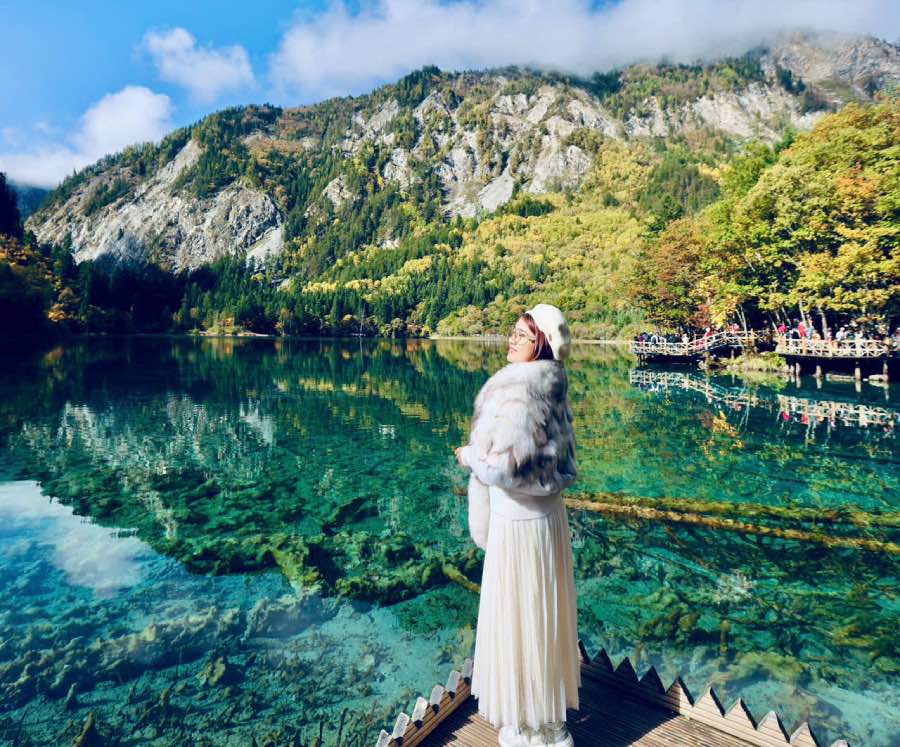
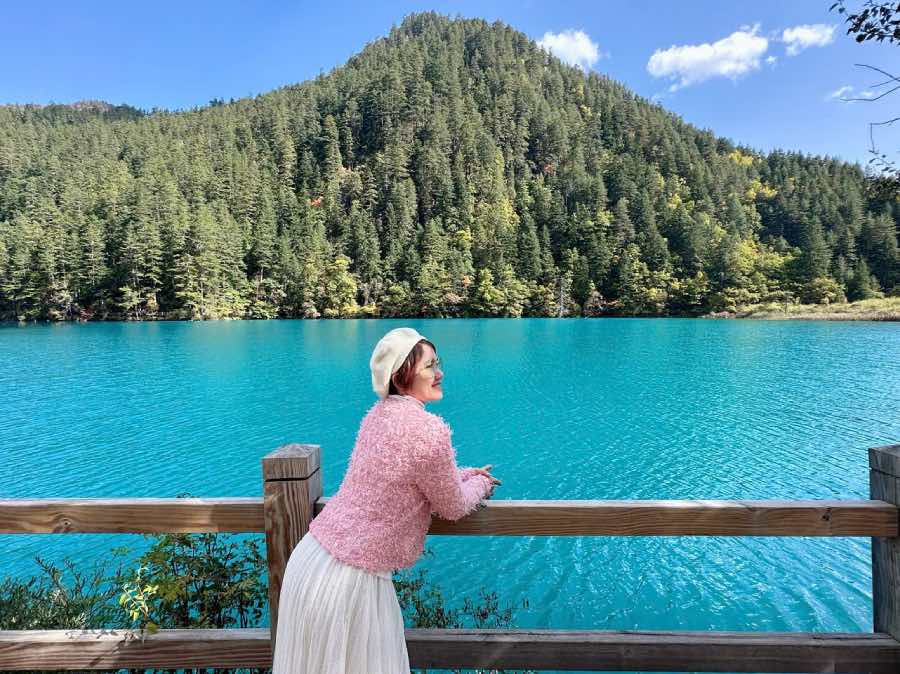
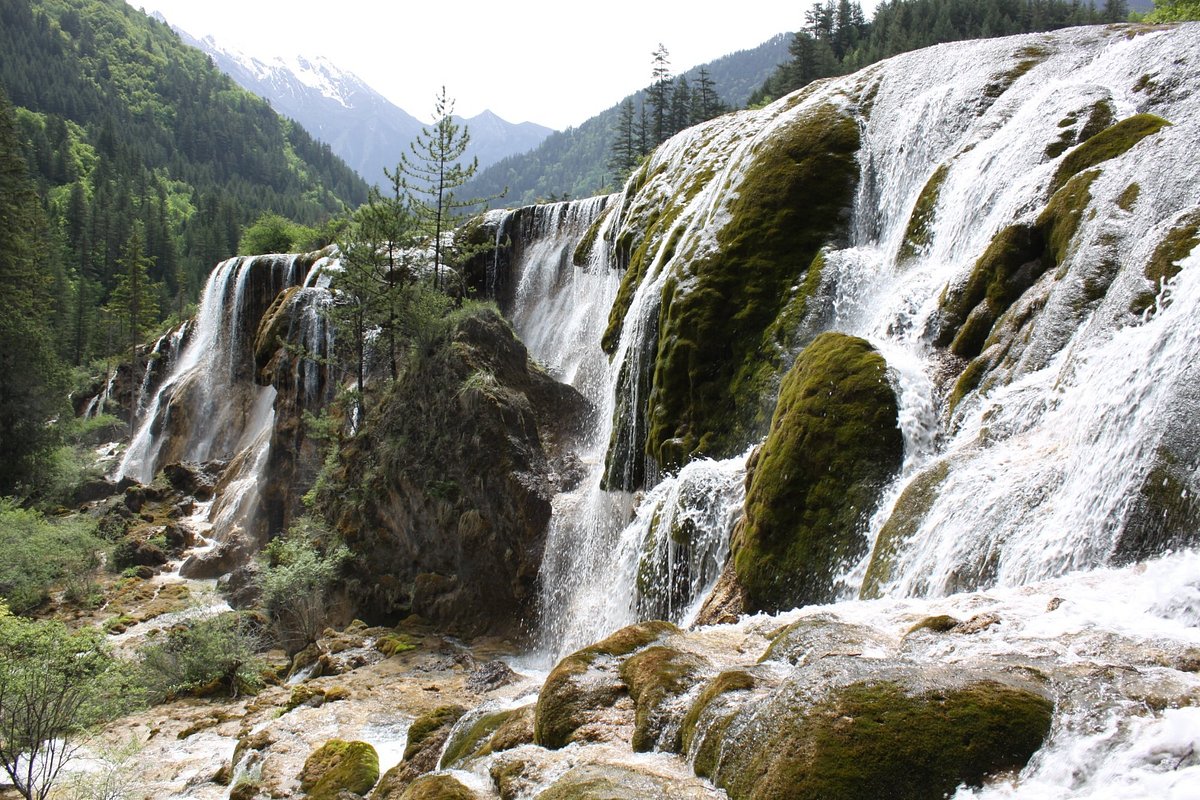
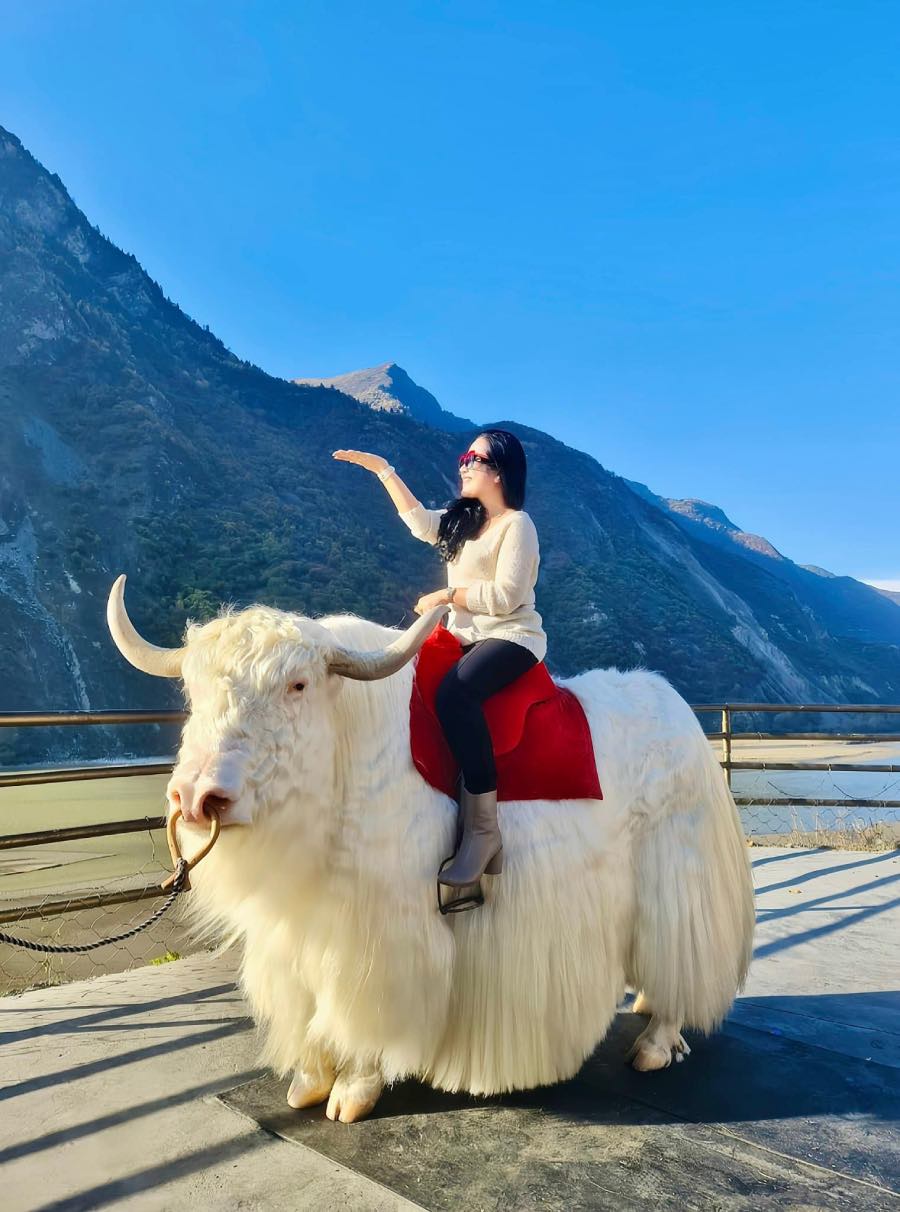
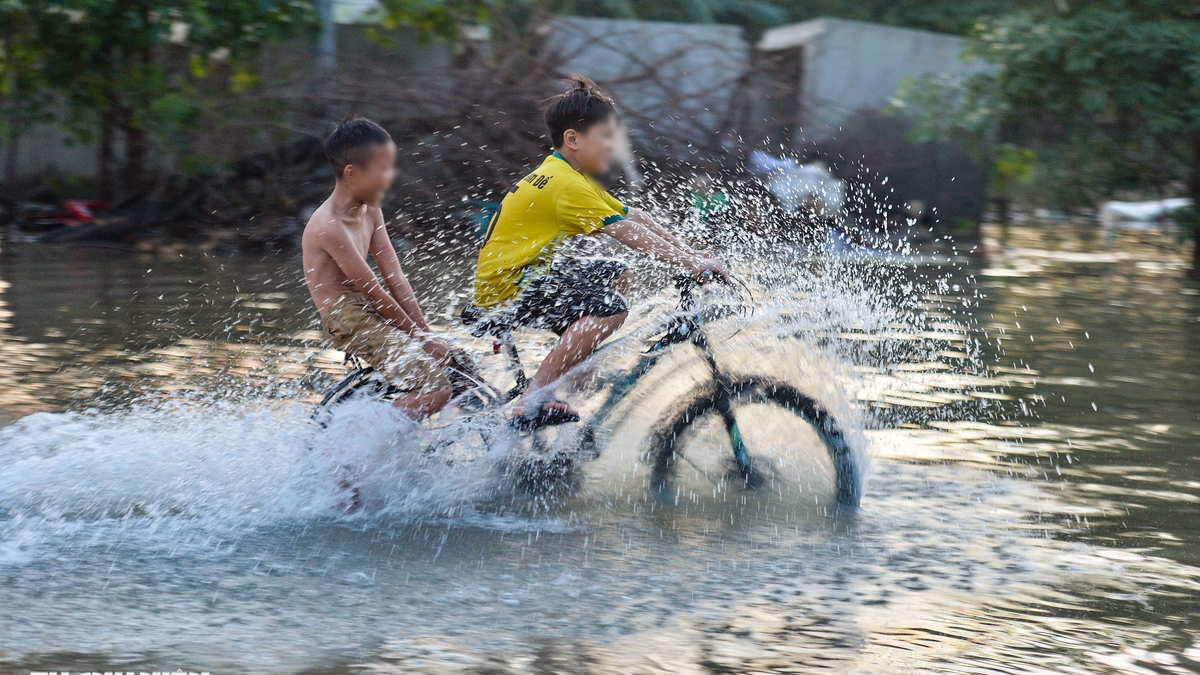

![[Photo] Prime Minister Pham Minh Chinh chairs a meeting of the Government Standing Committee on overcoming the consequences of natural disasters after storm No. 11](https://vphoto.vietnam.vn/thumb/1200x675/vietnam/resource/IMAGE/2025/10/09/1759997894015_dsc-0591-jpg.webp)


![[Photo] Prime Minister Pham Minh Chinh chairs the Conference to deploy the National Target Program on Drug Prevention and Control until 2030](https://vphoto.vietnam.vn/thumb/1200x675/vietnam/resource/IMAGE/2025/10/09/1759990393779_dsc-0495-jpg.webp)
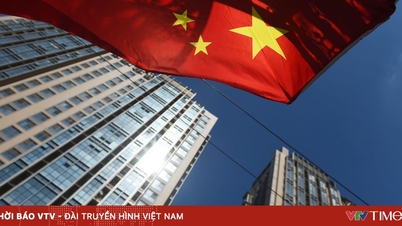




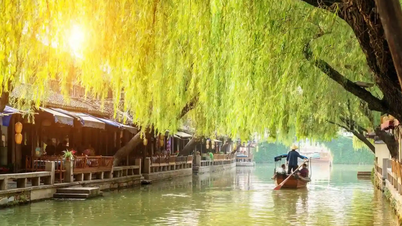
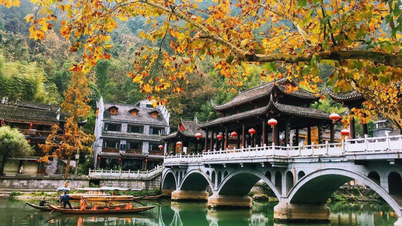


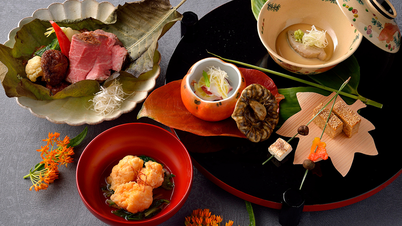

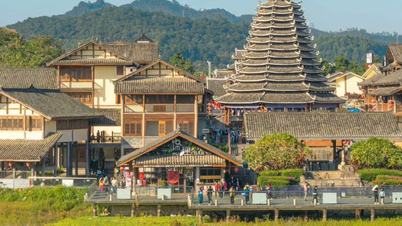
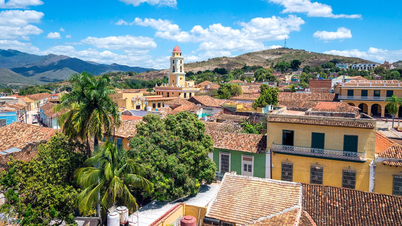

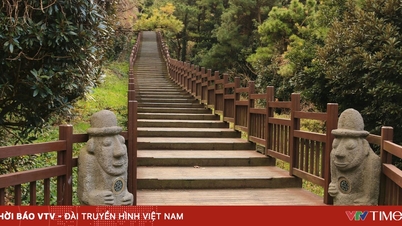





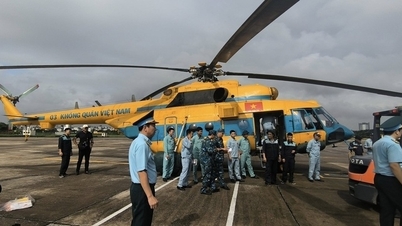
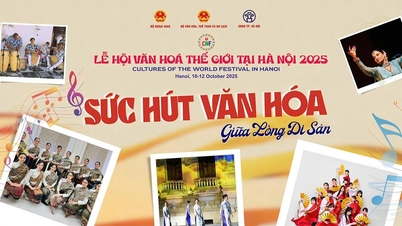

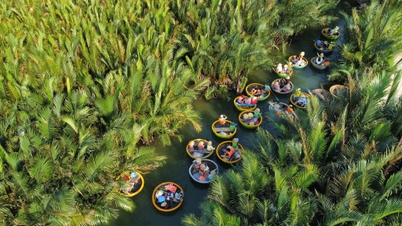





























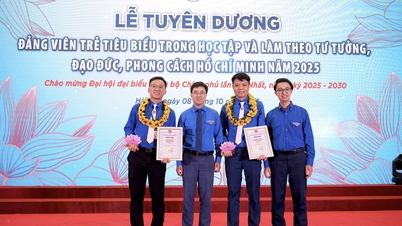





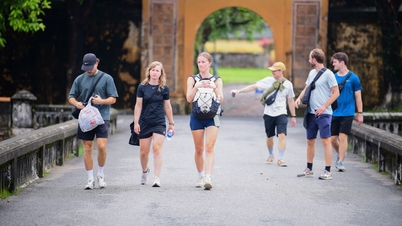



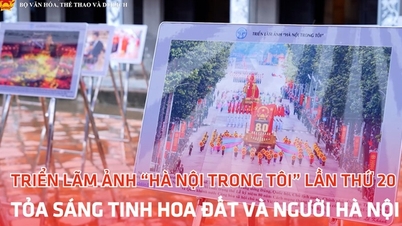
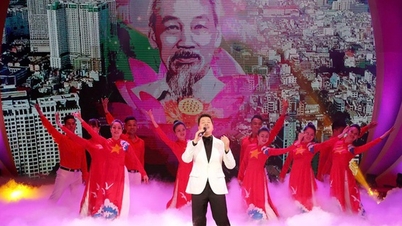


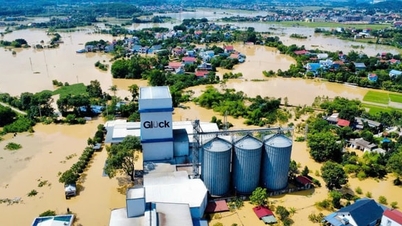



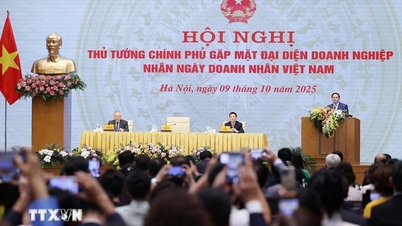
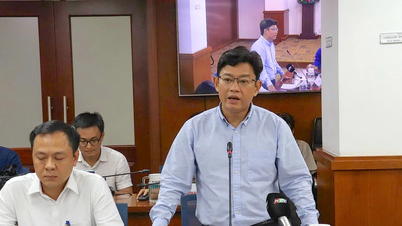



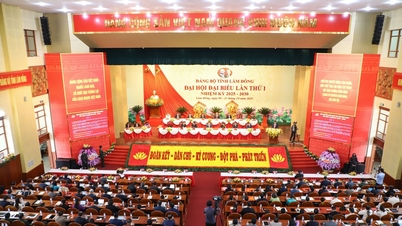
















Comment (0)